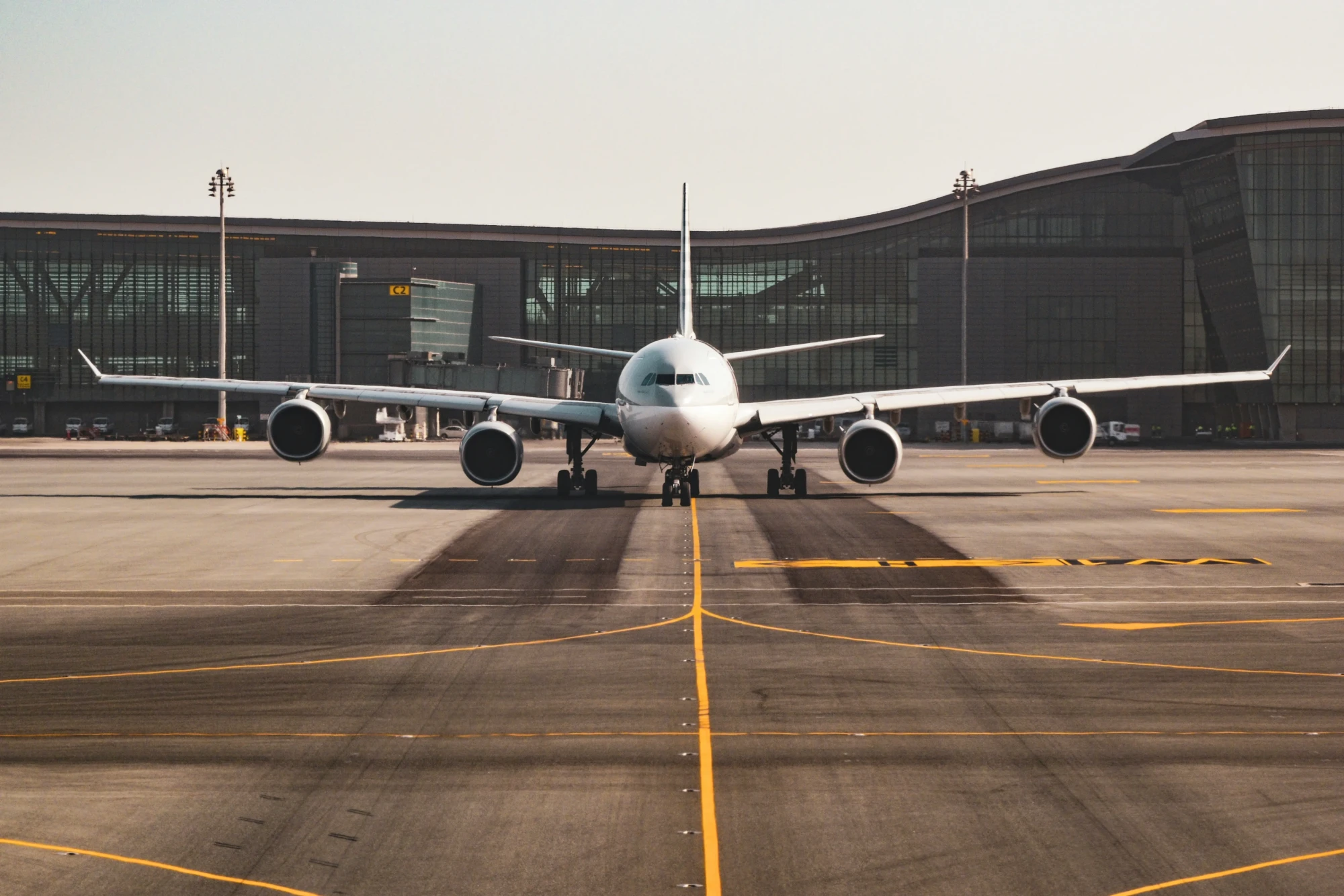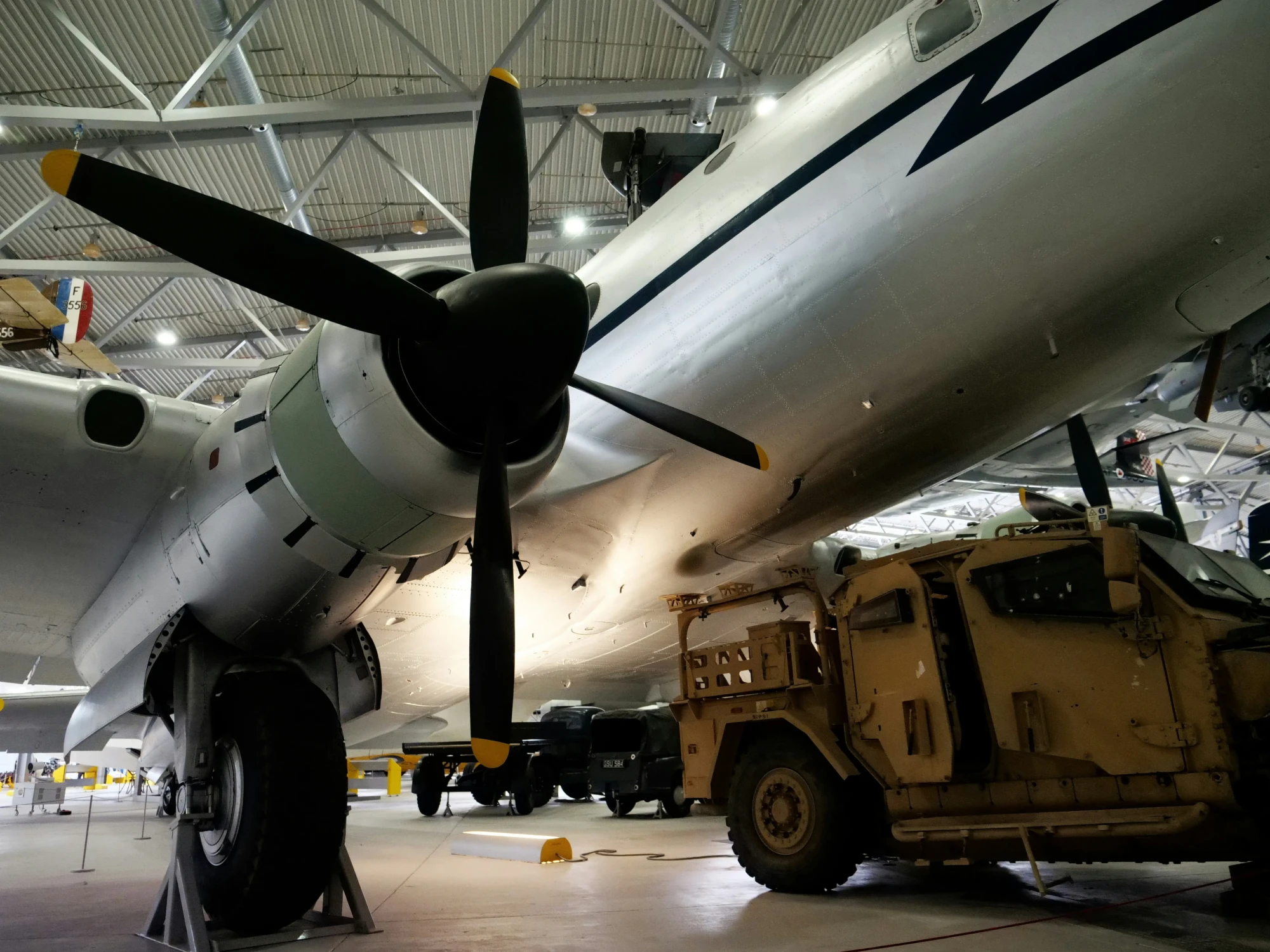Aircraft maintenance and testing are complex processes that require precision, reliability, and real-time communication between multiple avionics systems.
In modern aviation, ensuring that all electronic systems operate seamlessly is crucial for safety, efficiency, and cost-effectiveness. ARINC 625, a communication standard for avionics, plays a key role in achieving these objectives.

Understanding ARINC 625
ARINC 625 is a specification developed to standardize the interface between avionics systems, enabling efficient and accurate data exchange. It focuses on modularity and interoperability, allowing different systems, such as sensors, navigation units, and diagnostic equipment, to communicate effectively without compatibility issues.
By following a common protocol, ARINC 625 ensures that maintenance and testing processes are streamlined and consistent across various aircraft platforms.

The Role of ARINC 625 in Aircraft Maintenance
Maintenance of modern aircraft involves monitoring, diagnosing, and repairing complex avionics systems. ARINC 625 supports this by providing:
Standardized Data Communication – Maintenance systems can access real-time information from multiple avionics components without proprietary interfaces, simplifying troubleshooting and repairs.
Automated Testing Capabilities – It allows integration with automated test equipment, enabling rapid and accurate system diagnostics. This reduces human error and accelerates maintenance schedules.
Enhanced Fault Detection – The standard facilitates monitoring of critical system parameters, making it easier to detect anomalies early and prevent failures during flight operations.
ARINC 625 in Aircraft Testing
Testing is an essential step to ensure aircraft safety and compliance with aviation regulations. ARINC 625 enhances testing procedures by providing:
Reliable System Interfacing – It enables multiple avionics systems to be tested simultaneously with accurate data flow between test units and aircraft components.
Real-Time Monitoring – Technicians can observe system behavior in real time, identify issues, and validate system performance under various conditions.
Scalability for Multiple Aircraft Systems – ARINC 625 supports diverse avionics modules, from flight control computers to sensor arrays, allowing comprehensive testing of complex systems.
Advantages of Using ARINC 625
Implementing ARINC 625 in aircraft maintenance and testing offers key advantages that enhance safety, efficiency, and reliability:
Improved Safety – Standardized communication reduces the risk of errors during maintenance, ensuring accurate monitoring and quick fault detection, directly contributing to flight safety.
Reduced Downtime – Faster, precise diagnostics help minimize aircraft ground time, improving fleet availability and operational efficiency.
Cost Efficiency – Automated testing and early fault detection lower labor costs and maintenance expenses while extending the lifespan of critical avionics components.
Interoperability – ARINC 625 ensures compatibility across different vendors’ systems, simplifying upgrades and integration for greater flexibility.
Overall, ARINC 625 boosts reliability, safety, and cost-effectiveness in modern aircraft maintenance and testing.
How ARINC 625 Supports Modern Avionics Trends
Modern avionics systems are becoming increasingly sophisticated, integrating digital sensors, fly-by-wire controls, advanced navigation systems, and comprehensive diagnostic capabilities. These systems require a communication framework that is not only fast and reliable but also flexible enough to accommodate upgrades and evolving technology.
ARINC 625 addresses these needs by offering a robust communication backbone capable of handling high-speed data transfer between multiple subsystems. It also enables modular system upgrades, allowing avionics components to be enhanced or replaced without major redesigns.
Additionally, it supports advanced predictive maintenance strategies by facilitating real-time monitoring and diagnostics, helping to improve system reliability, reduce downtime, and optimize overall aircraft performance.

Conclusion








